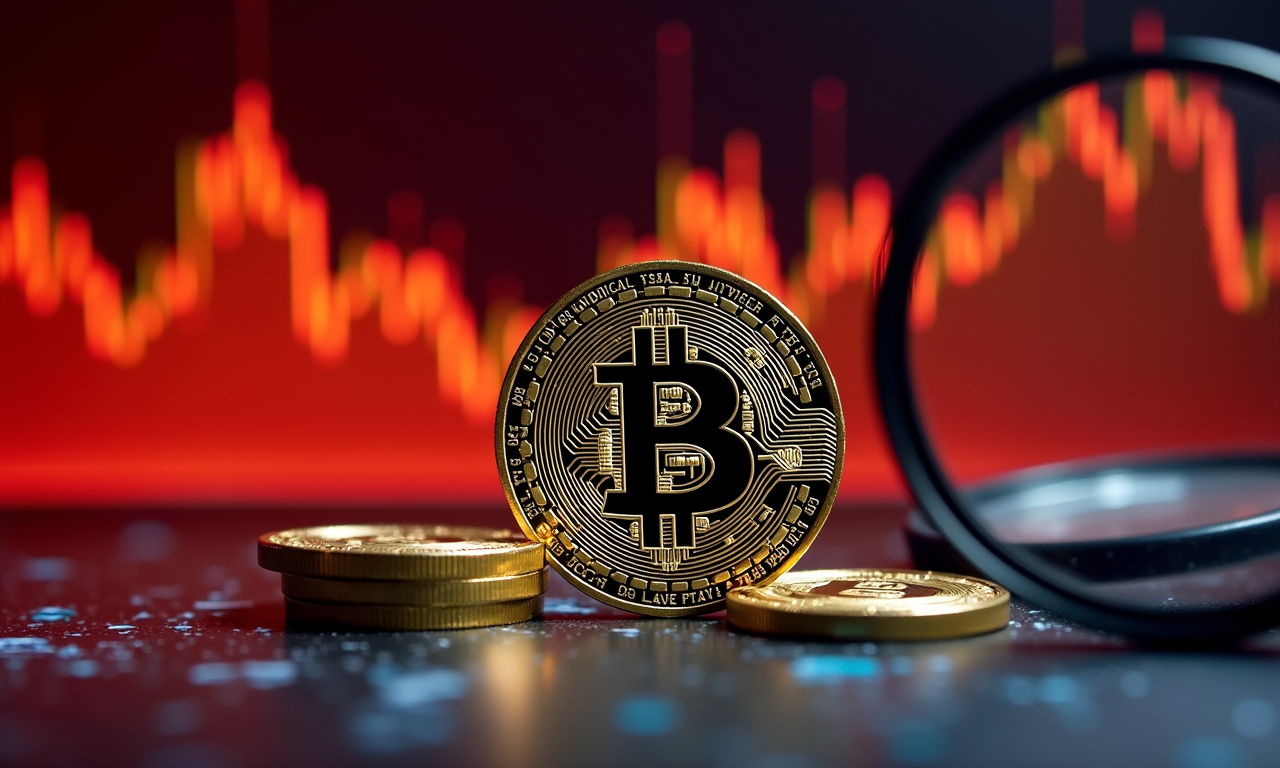Alright, let's talk Bitcoin. As a seasoned blockchain editor, I've seen enough cycles to know that when everyone is screaming "to the moon," it's time to at least consider looking down. And at the moment, the Stock-to-Flow (S2F) model, that sweetheart of Bitcoin maximalists, is crying red alert.
Stock-to-Flow: Flawed Crystal Ball?
If you’re new to it, the Stock-to-Flow (S2F) model is all about predicting Bitcoin’s price. It accomplishes this by measuring the crypto asset’s level of scarcity. It’s a ratio of the current Bitcoin supply (stock) to the new Bitcoin being mined (flow). The greater the ratio, the more “scarce,” and in a free-market world, the higher the price should be.
Models are just models. They're simplifications of reality, not perfect predictors. The S2F model, with all its mathematical rigor, relies on some rather large assumptions. It further assumes that the only thing driving Bitcoin’s price is its scarcity, which again leaves out an entire laundry list of other factors.
Think about it. Does the value of gold really come only from its rarity? No way. That’s partly because it’s impacted by interest rates, geopolitical instability, industrial demand, and a million other factors. Why should Bitcoin be any different?
Let's not forget the elephant in the room: the S2F model has been wrong before. Remember September/November 2021? Of course, the S2F was predicting prices much higher than what we ended up getting. Same thing in March 2024. That model may ace the backtest charts, but chasing the hottest model is a recipe for disappointment. After all, past performance is never a predictor of future results. That's investing 101.
Overheated Market, Inflated Expectations?
Darkfost’s bilateral analysis pointing to an “overheated” market is something that very much matches my gut. We’ve witnessed this happen with Bitcoin shooting up in rallies. Abrupt corrections are typical of every market cycle. In fact, they're healthy. They get the froth that can build up from excessive leverage, and they keep things from getting too frothy in the first place.
Here's the thing that worries me. As originally constructed, the S2F model is fundamentally capable of producing a self-fulfilling prophecy. If enough people are convinced, and the model begins to signal overvaluation, it can create a self-fulfilling prophecy by causing a mass sell-off. That sell-off then proves out the model, despite the fact that the original thesis was misguided.
It’s the classic story of the economist who foretells the market crash. He's wrong 99 times out of 100, but that one time he's right, he's hailed as a genius.
And let's be honest, the recent price action around $115,000 doesn't inspire confidence. Rebounding off the $112k support zone indicates bullish strength. The fact that they hit resistance at $115,724 shows that the bears are very much in control. That, along with those bothersome 50-day and 100-day SMAs, which are known as simple moving averages, providing overhead resistance certainly isn’t helping either.
Is Panic Selling Self-fulfilling Prophecy?
This is where it gets truly interesting and where a dash of honest center-right skepticism requires throwing a wet blanket on the affair. What if the prophecy created by the widely held belief in the S2F model itself becomes a destabilizing factor?
Now, picture a world in which every Tom, Dick, and Harry is obsessed with the S2F chart. The second it turns “red,” the stampede of panic selling begins. This added selling pressure creates exactly the downward price movement that confirms the model’s forecast, even if those underlying fundamentals are not actually any different.
It's like a bank run. If everyone believes the bank is going to fail, they rush to withdraw their money, causing the bank to fail. The belief becomes reality.
Think about the unintended consequences. A sudden plunge in Bitcoin’s price would create shockwaves across the entire crypto world. It might cause widespread margin calls, emergency liquidations, and even endanger the pegs of some stablecoins.
The worst part of all, it’s a reminder that in terribly complicated financial markets, placing blind faith in overly simplifying models can be deadly. It’s a lesson in caution, a reminder to think more broadly, and a cautionary tale on the attractiveness of quick fixes.
So, what's the takeaway? Don't blindly follow the S2F model. Do your own research. Diversify your portfolio. And as always, investing in crypto is highly risky. Only invest what you can afford to lose. Perhaps the S2F is giving a warning about being too sanguine, but the bottom line is that your financial future is in your hands. And hold a healthy level of skepticism, particularly when the rest of the world is sure they’ve discovered the holy grail.




